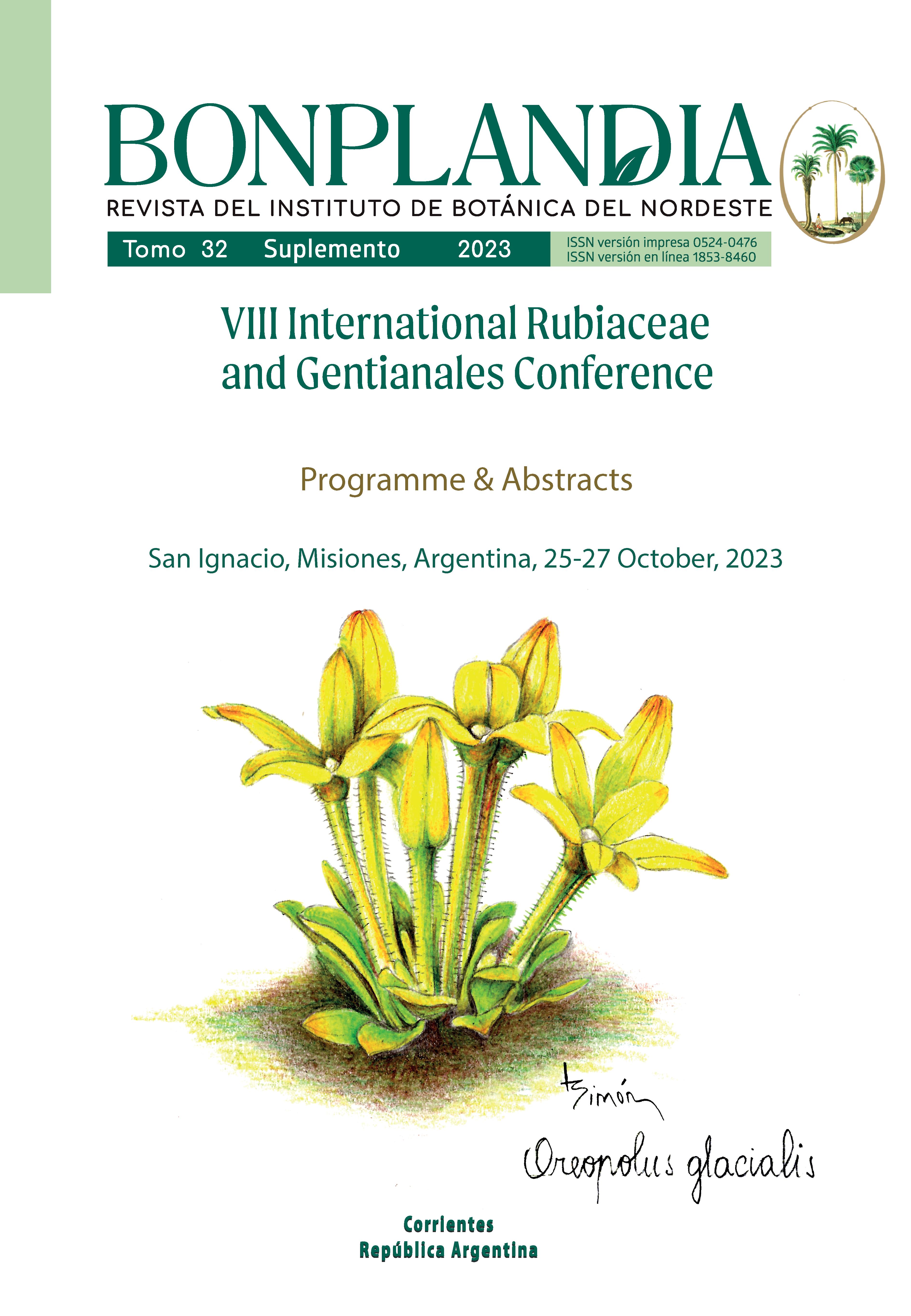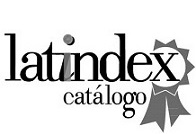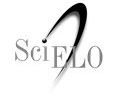Towards new insights in the phylogeny of the Spermacoce clade: an integrative taxonomic approach using morphology, anatomy, ecology and phylogenetics reveáis the new genus Leonoria
Resumo
Phylogenetic inference analyses o f two nuclear and four plastid DNA markers from 82 accessions representing 19 genera o f the Spermacoce clade (Spermacoceae-Rubiaceae) confirm that the Brazilian genus Denscantia is biphyletic. By the analyses o f reproductive morphological characters, foliar morpho-anatomy and histochemical, geographical distribution ranges, and ecological niche derived from climatic space, Denscantia caldcóla is shown as a distinct lineage from the other Denscantia species, indicating its taxonomic segregation into a new monospecific genus Leonoria. Significant morphological diíferences o f Leonoria with Denscantia were found in inflorescence organization, stigma shape, fruit dehiscence, and pollen morphology. Morphoanatomical variation among leaf traits were found in epidemial cells, occurrence o f trichomes, mesophyll histochemical, and vascular organization. Analysis o f occurrence records o f 205 specimens demonstrates a clear ecological distinction between o f Denscantia s.s. and Leonoria, which is ecologically confined to limestone outcrops associated with seasonally dry forests. The current study demonstrates the importance of an integrative taxonomic approach - in which múltiple disciplines are combined - to the unravel complex taxonomic pattems within Rubiaceae. The genus Leonoria, to be newly described, is dedicated to Professor Elsa Leonor Cabral.
Downloads
Downloads
Publicado
Como Citar
Edição
Seção
Licença
Copyright (c) 2023 Bonplandia

Este trabalho está licenciado sob uma licença Creative Commons Attribution 4.0 International License.
Declaration of Adhesion to Open Access
- All contents of Bonplandia journal are available online, open to all and for free, before they are printed.
Copyright Notice
- Bonplandia magazine allows authors to retain their copyright without restrictions.
- The journal is under a Creative Commons Attribution 4.0 International license.











.jpg)


